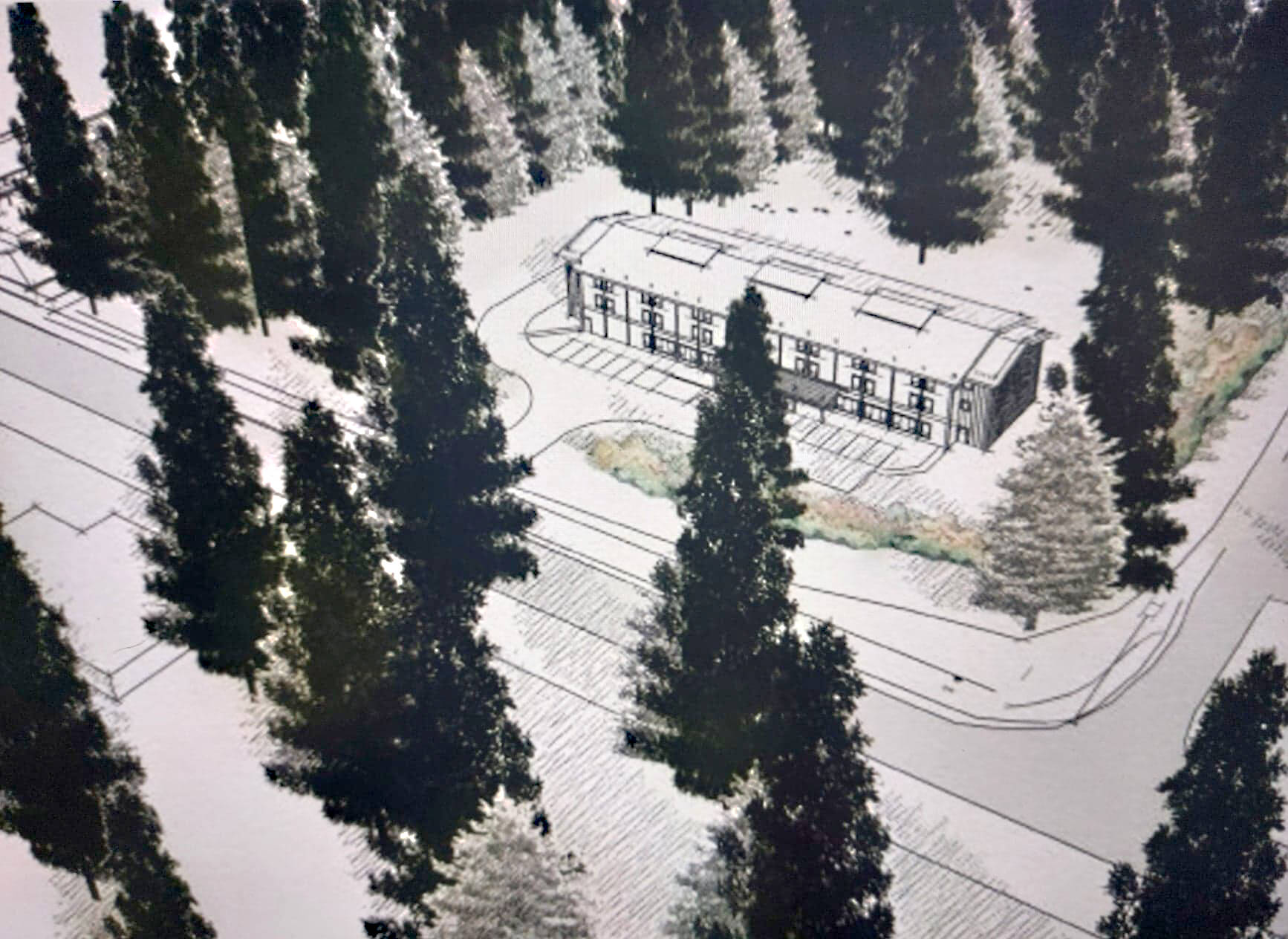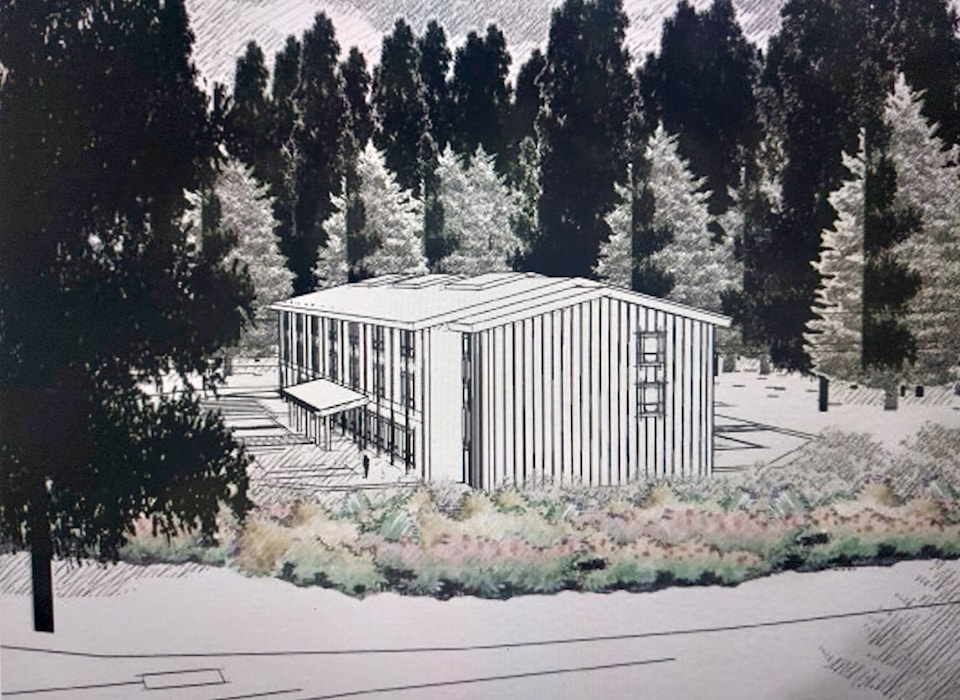The public got its first in-depth look at a proposed supportive housing and shelter project that proponents hope to build on 7th Avenue in Hope.
An online public consultation meeting was held Feb. 24.
Representatives of the Hope and Area Transition Society (HATS), Fraser Health and BC Housing laid out a plan that they said is still in the early stages.
The proposed site is at 1275 7th Avenue on land owned by Fraser Health. The land would be leased for 20 years and a modular building would be placed there, providing approximately 52 self-contained studio apartments with supports along with 15 shelter beds, 15 extreme weather response beds.
The apartment units would have a kitchenette, sleeping area, dining area and full-sized washroom, and residents will pay rent. There will be a meal program to ensure food security.
HATS staff will be on site 24/7 to support tenants and work on individual case plans that include referrals to health, education and employment services and life-skills programming.
“They’ll also be there to manage the building and respond to concerns, because we want to make sure there’s a safe community inside and outside the building,” said Frank Tick from BC Housing. “There will be a number the community can call with questions and concerns and staff will always be there to respond directly.”
RELATED: BC Emergency Health Services said local paramedics responded to 80 calls last year
RELATED: Though he died five years ago, the pain is just as fresh as if it had happened yesterday
While there will be security cameras inside and out, there won’t be security personnel.
“A lot of the clients we’re hoping to house may have past histories of trauma which may be triggered, and security creates an extra barrier,” Tick said. “We want to get people inside to get them the supports they need, and not create reasons for them to stay out.”
Tick emphasized the shelter section will be separate from the housing section, with separate entrances for both.
“The shelter beds will be available year-round for the community,” Tick said.
The building would be operated by HATS and give priority to Hope residents aged 19 and up who are experiencing or are at risk of homelessness, or need additional supports to maintain housing.
Tick said there’s a sizable group fitting that description in Hope.
He pointed to the 2020 homeless (or point-in-time) count, which identified 69 homeless people, up from 42 in 2017.
“It’s commonly accepted that these point-in-times are an under-count of the actual problem,” he added. “Not everyone is going to be approached on a given day and not everyone is going to self disclose that they’re experiencing homelessness, so the actual number is often much larger than what’s in the count.”
Based on data from existing shelter programs and outreach workers, Tick estimated the actual number is around 100.
HATS currently operates 11 shelter beds at House of Hope along with an extreme weather program that comes online in times of extreme cold. Tick said HATS also operates additional shelter beds out of a former hotel, but what’s available doesn’t cover what’s needed.
“HATS is turning people away because there currently aren’t enough shelter beds in Hope,” Tick said.
Supportive housing projects are always contentious, and this one would be built a short distance from a residential development. The vacant lot it will be constructed on is densely forested, which proponents say provides a natural buffer, and there will also be fencing.
Questioned later in the meeting about how property values might be impacted, Tick said a BC Housing study showed no negative effects from similar projects in other areas.
One resident asks why the proposal is for a ‘wet building,’ meaning residents will not be forbidden from using drugs and alcohol while living there. Brian Dodd from HATS said residents won’t be permitted to use drugs or drink alcohol on the property, but will have a designated place to use drugs under supervision.
“The rule of thumb is that other than in that space, there will be no drug or alcohol use allowed,” Dodd said. “It’s a way to prevent overdose deaths, better than going out to use in an area where you aren’t seen.”
Another resident expressed concern about ‘paramountcy,’ which effectively means that if the province wants this building to be built in Hope, it’s going to happen no matter what the community wants.
“Our intention is not to use paramountcy here,” said Aliya Tejani, Development Manager for BC Housing. “We’re reaching out to the community early. We want to work with the community, the District (of Hope) and our project partners to create a development that is successful and accepted by the community.
“We want to speak with you and hear from you and create a project the community would like to see on this property.”
@ProgressSports
eric.welsh@hopestandard.com
Like us on

